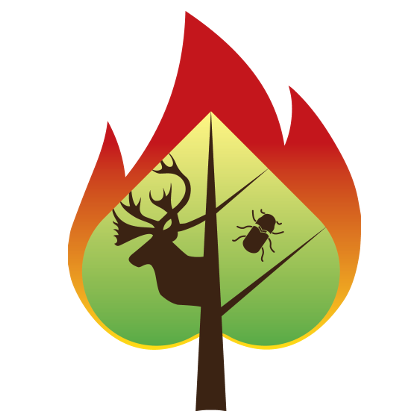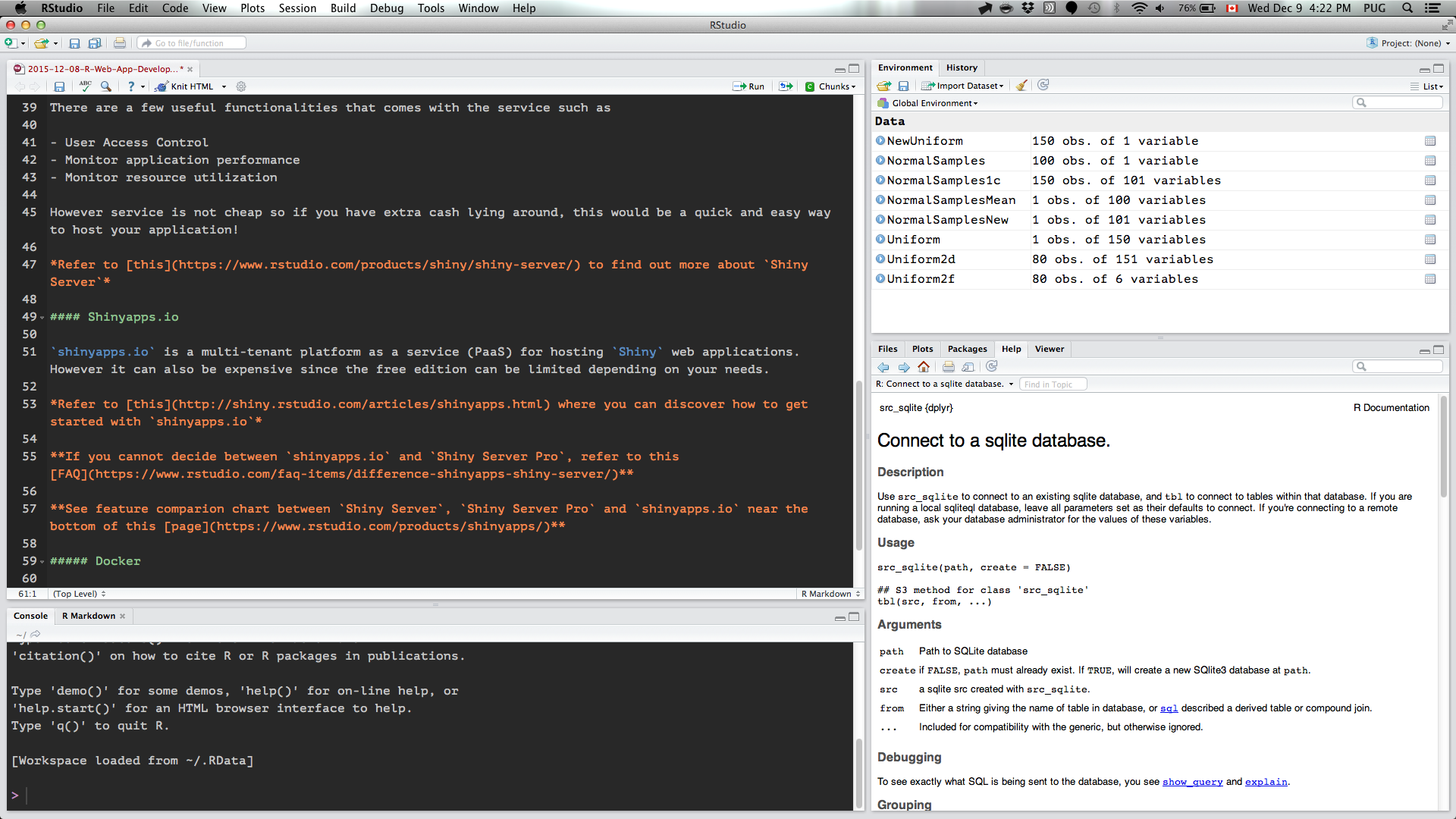Welcome to the website of the Predictive Ecology Community
We are updating these pages over the next weeks; please stay tuned.
Latest news
PhD position in Ecological Modelling: drought impacts on British Columbia’s forests
R
LandR
PhD project
drought
climate change
dynamic modelling
Research Associate Job: Forecasting land use changes due to resource development to improve boreal caribou conservation
R
SpaDES
Research Associate
Anthropogenic Disturbance
caribou
POST-DOC OPPORTUNITY: Forecasting land use changes due to resource development to improve boreal caribou conservation
R
SpaDES
Postdoc
Anthropogenic Disturbance
caribou
Postdoc Opportunity - Mixed Severity Fire Modeling in the Rocky Mountain Foothills (Reposted)
Postdoc
position
ad
ecology
fire
modeling
ecological modeling
Delivering scientific forecasts into the hands of policy makers
App for science
leaflet
R
decision support
natural language processing
PhD Opportunity in spatial simulation of caribou landscapes in the Northwest Territories.
PhD position
Fire
Caribou
Simulation
R
No matching items

